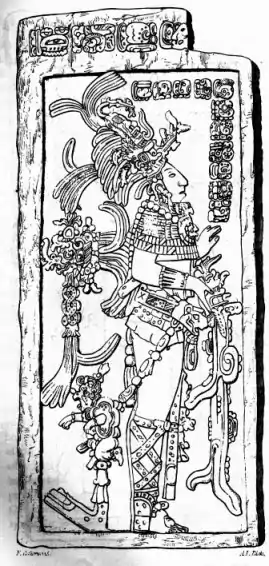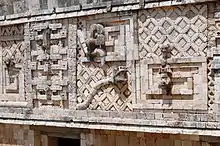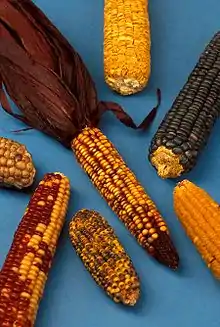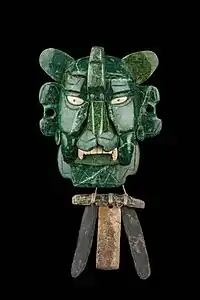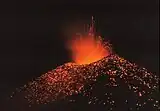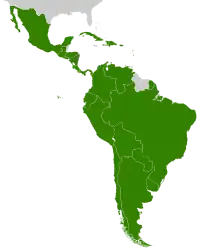The Central America Portal
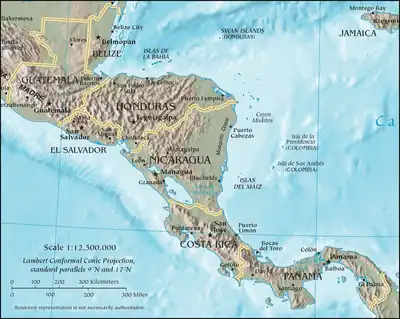
Central America is a subregion of the Americas. Its political boundaries are defined as bordering Mexico to the north, Colombia to the south, the Caribbean Sea to the east, and the Pacific Ocean to the west. Central America is usually defined as consisting of seven countries: Belize, Costa Rica, El Salvador, Guatemala, Honduras, Nicaragua, and Panama. Within Central America is the Mesoamerican biodiversity hotspot, which extends from northern Guatemala to central Panama. Due to the presence of several active geologic faults and the Central America Volcanic Arc, there is a high amount of seismic activity in the region, such as volcanic eruptions and earthquakes, which has resulted in death, injury, and property damage.
In the pre-Columbian era, Central America was inhabited by the Indigenous peoples of Mesoamerica to the north and west and the Isthmo-Colombian peoples to the south and east. Following the Spanish expedition of Christopher Columbus' voyages to the Americas, Spain began to colonize the Americas. From 1609 to 1821, the majority of Central American territories (except for what would become Belize and Panama, and including the modern Mexican state of Chiapas) were governed by the viceroyalty of New Spain from Mexico City as the Captaincy General of Guatemala. On 24 August 1821, Spanish Viceroy Juan de O'Donojú signed the Treaty of Córdoba, which established New Spain's independence from Spain. On 15 September 1821, the Act of Independence of Central America was enacted to announce Central America's separation from the Spanish Empire and provide for the establishment of a new Central American state. Some of New Spain's provinces in the Central American region (i.e. what would become Guatemala, Honduras, El Salvador, Nicaragua and Costa Rica) were annexed to the First Mexican Empire; however in 1823 they seceded from Mexico to form the Federal Republic of Central America until 1838. (Full article...)
Selected article
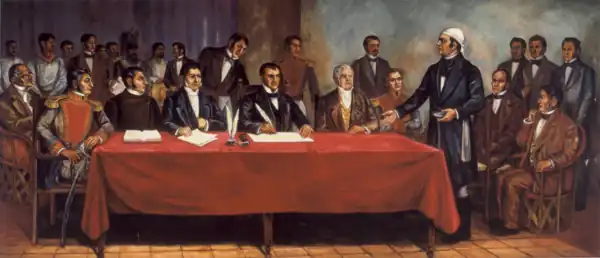
The Spanish American wars of independence (25 September 1808 – 29 September 1833; Spanish: Guerras de independencia hispanoamericanas) were numerous wars in Spanish America with the aim of political independence from Spanish rule during the early 19th century. These began shortly after the start of the Peninsular War, during the Napoleonic Wars, as a struggle for sovereignty in both hemispheres, between those who wanted a unitary monarchy (royalist) rather than plural monarchies or republics (patriots). Thus, the strict period of military campaigns would go from the Battle of Chacaltaya (1809), in present-day Bolivia, to the Battle of Tampico (1829), in Mexico.
In 1808, the abduction of the Spanish royal family by Napoleon Bonaparte, the Abdications of Bayonne, gave rise two years later to an emergence of liberalism and desire for liberties throughout the Spanish Empire. At first, some major cities or capitals formed local Juntas on the basis of laws from the Hispanic tradition. The violent conflicts started in 1809, with short-lived governing juntas established in Chuquisaca, La Paz and Quito opposing the government of the Supreme Central Junta of Seville. At the beginning of 1810, numerous new juntas appeared across the Spanish domains in the Americas when the Central Junta fell to the French invasion. Although various regions of Spanish America objected to many crown policies, "there was little interest in outright independence; indeed there was widespread support for the Spanish Central Junta formed to lead the resistance against the French". While some Spanish Americans believed that independence was necessary, most who initially supported the creation of the new governments saw them as a means to preserve the region's autonomy from the French. Although there had been research on the idea of a separate Spanish American ("creole") identity separate from that of Iberia, political independence was not initially the aim of most Spanish Americans, nor was it necessarily inevitable. (Full article...)Did you know...
- ... that goalkeeper Daniela Solera had the most touches of any Costa Rican player in their opening match of the 2023 World Cup?
- ... that José de la Cruz Mena, who contracted leprosy at the age of 21 and was blind at 26, was described as "the pre-eminent Nicaraguan composer of his time"?
- ... that José Adán Aguerri's family opened the first movie theater in Nicaragua?
- ... that the Bitcoin Law would make El Salvador the first country to recognize bitcoin as legal tender?
- ... that the February 28 Popular Leagues would seize foreign embassies in protest against the military junta in El Salvador?
- ... that Panama cross-banded tree frog males synchronize their mating calls to confuse predators that locate them by sound?
- ... that Marita Camacho Quirós, who was First Lady of Costa Rica (1962–1966), is the oldest former first lady in the world and a supercentenarian?
- ... that the Cerrón Grande Reservoir, also known as Lake Suchitlán, is one of the most contaminated and polluted bodies of fresh water in Central America?
Related portals
Get involved
For editor resources and to collaborate with other editors on improving Wikipedia's Central America-related articles, see WikiProject Central America.
Need help?
Do you have a question about Central America that you can't find the answer to?
Consider asking it at the Wikipedia reference desk.
General images
In the news
- 14 January 2024 – Inauguration of Bernardo Arévalo
- In Guatemala, the Constitutional Court aligns itself with the outgoing ruling party and denies legal recourse to Semilla, affirming that Semilla's elected members of Congress must assume office as "independents", thereby disqualifying them from running for the presidency of the Congress. The legislature of the outgoing Congress subsequently announces a delay in the investiture of the incoming legislature, as well as in the presidential investiture of Bernardo Arévalo. (Prensa Libre)
- 11 January 2024 – 2023 Guatemalan general election
- Former Minister of the Interior Napoleón Barrientos is arrested for failing to comply with his duties for not using force to evict the blockades and demonstrations that occurred in October, which called for the resignation of Attorney General María Consuelo Porras. (The Washington Post)
- The Public Ministry orders the arrest of four magistrates of the Supreme Electoral Tribunal who have been living in exile since losing their immunity in November. (Prensa Libre)
- Vice President-elect Karin Herrera presents a legal appeal before the Constitutional Court due to the risk of a possible arrest warrant against her which would violate her immunity. (Prensa Libre)
- 6 January 2024 – 2024 Salvadoran general election
- Electronic voting for Salvadoran expatriates in the presidential and legislative elections begins. (El Mundo)
- 15 December 2023 – Indigenous peoples in Guatemala
- A ruling from the Inter-American Court of Human Rights finds Guatemala to have violated indigenous rights by allowing a large nickel mine to operate on tribal land. (AP)
Subcategories
- Select [►] to view subcategories
Topics
Associated Wikimedia
The following Wikimedia Foundation sister projects provide more on this subject:
-
 Commons
Commons
Free media repository -
 Wikibooks
Wikibooks
Free textbooks and manuals -
 Wikidata
Wikidata
Free knowledge base -
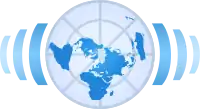 Wikinews
Wikinews
Free-content news -
 Wikiquote
Wikiquote
Collection of quotations -
 Wikisource
Wikisource
Free-content library -
 Wikiversity
Wikiversity
Free learning tools -
 Wiktionary
Wiktionary
Dictionary and thesaurus
-
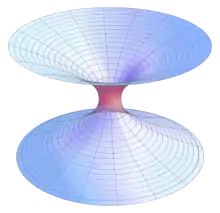 List of all portals
List of all portals -

-

-

-
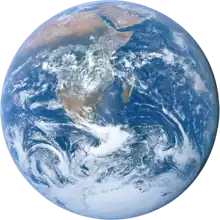
-

-

-

-

-

-
 Random portal
Random portal -
 WikiProject Portals
WikiProject Portals
.jpg.webp)

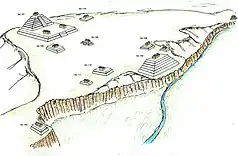

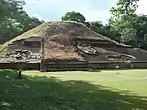
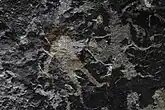

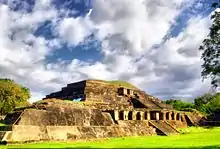
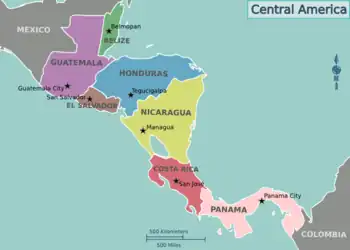
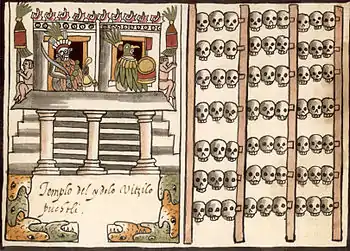

![Image 13Mesoamerica and its cultural areas[according to whom?] (from Mesoamerica)](../I/Mesoamerica_english.PNG.webp)
![Image 14Mesoamerica and Central America in the 16th century before Spanish arrival [according to whom?] (from Mesoamerica)](../I/Mesoam%C3%A9rica_y_Centroamerica_prehispanica_siglo_XVI.svg.png.webp)

.png.webp)
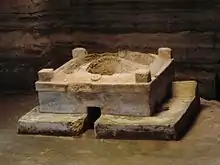
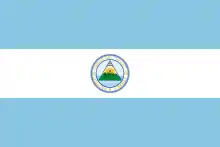

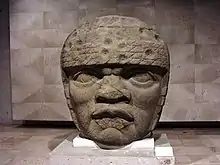






_-_Guatemala_1828_-_La_Danta_at_the_Mayan_site_of_El_Mirador.jpg.webp)
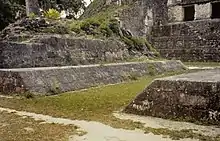


.jpg.webp)
